9 Great Funds That Invest in Bargain-Priced Stocks

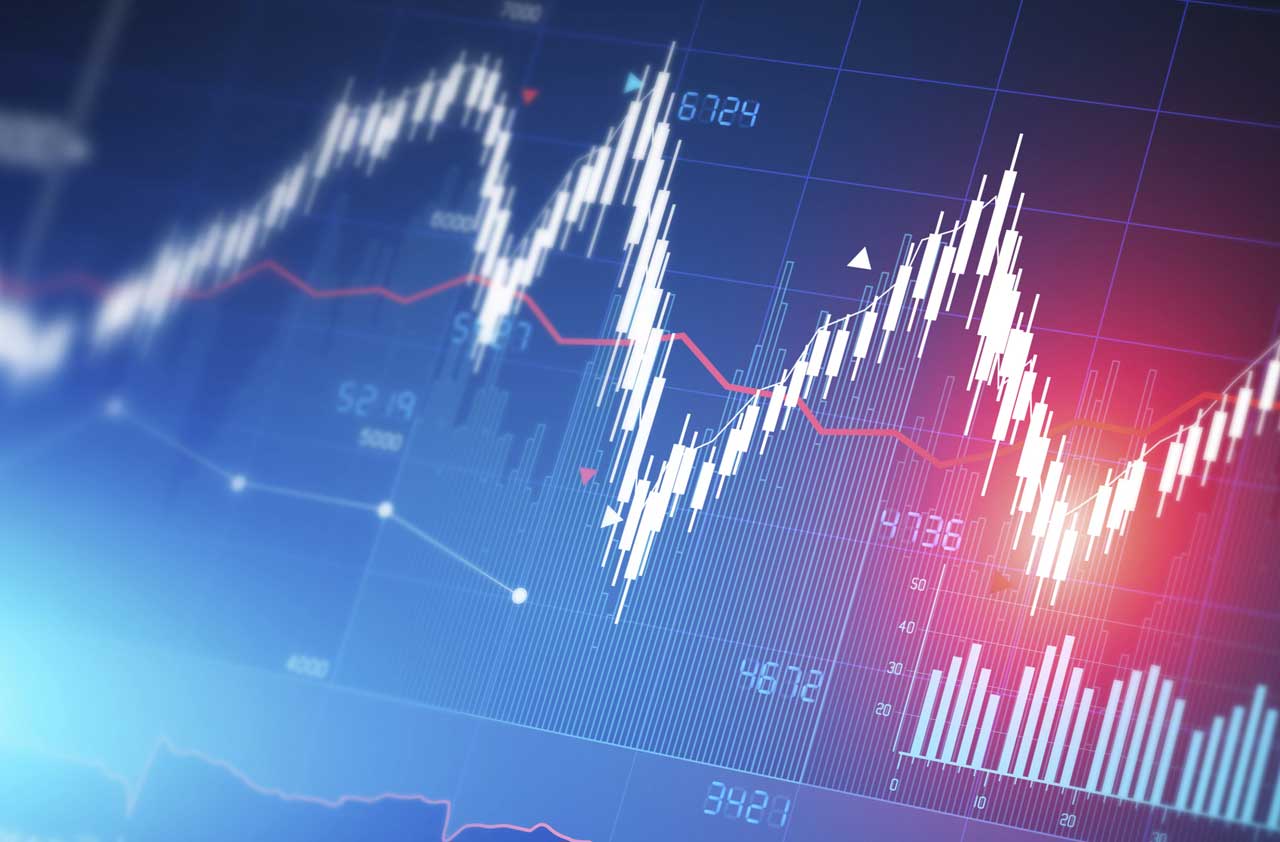
With go-go growth stocks posting gaga returns in recent years, it’s easy to forget that value stocks—slower-growing companies with shares that are cheap in relation to profits and other key measures—have prevailed over the long term.
Now, however, the bull market is approaching its seventh birthday, and volatility is on the rise. So far this year, Standard & Poor’s 500-stock index has been nearly twice as volatile as it was in 2014. And those high-flying, high-growth stocks? Some have experienced stomach-churning dives: Valeant Pharmaceuticals (symbol VRX), the acquisitive drug company, has dropped 71% since it peaked in August. And Micron Technology (MU) has sunk 51% over the past 11 months.
It may be time to seek some shelter in value stocks and the funds that invest in them. This corner of the market hasn’t gotten much love lately, which only makes it more attractive in our eyes. Over the past 12 months, the S&P 500 Growth index, which includes the faster-growing, more highly valued companies in the S&P 500, gained 4.8%, while the S&P 500 Value index, which holds the cheaper names in the S&P 500, lost 2.5%. The S&P 500 itself returned 1.3%.
To hone our list of good value funds, we focused on no-load offerings with below-average expense ratios, consistently above-average performance and below-average volatility relative to their peer group. Click forward for a look at our favorites.
All returns are as of November 13; three- and five-year returns are annualized.
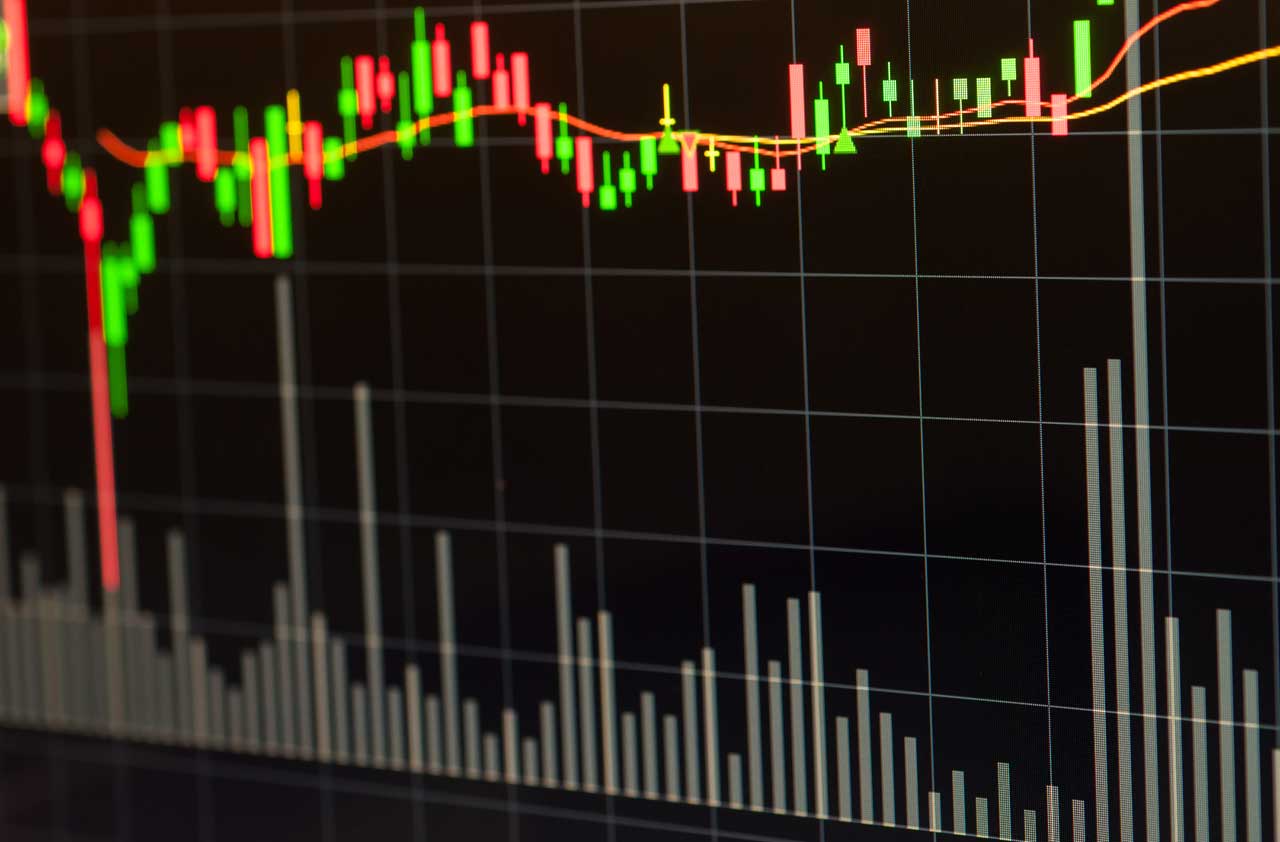
Dodge & Cox Stock
- Expense Ratio: 0.52%1-Year Return: -2.3%3-Year Return: 16.6%5-Year Return: 13.1%
The nine managers who pick stocks for this large-company stock fund are classic value investors in the Warren Buffett mold: They buy what others are selling. In the third quarter of 2015, for instance, the managers added Harley-Davidson (HOG) to the portfolio—after the stock had dropped 20% over the seven-month period before the start of the third quarter.
Their contrarian approach can take time to play out. In 2011, Stock (DODGX), which is a member of the Kiplinger 25, trailed 74% of its rivals in the large-company value category. But in each of the next two calendar years, the fund trounced 98% of its peers. This uneven performance has become a hallmark of the fund, which has a record of rebounding ferociously from periods of underperformance.
Investors who stick with Stock have been rewarded. Over the past 15 years, the fund’s 8.1% annualized return beat Standard & Poor’s 500-stock index by an average of 3.3 percentage points per year.
Fifteen years is a long time—but it’s less than the average 17 years that the nine managers have been on the job. We appreciate, too, that all but one of those managers have more than $1 million of their own money invested in the fund. (The one who doesn’t, Philippe Barret, is relatively new to the fund; he was named a manager in early 2013.) Plus, the fund’s 0.52% expense ratio is tough to beat in the world of actively managed funds.
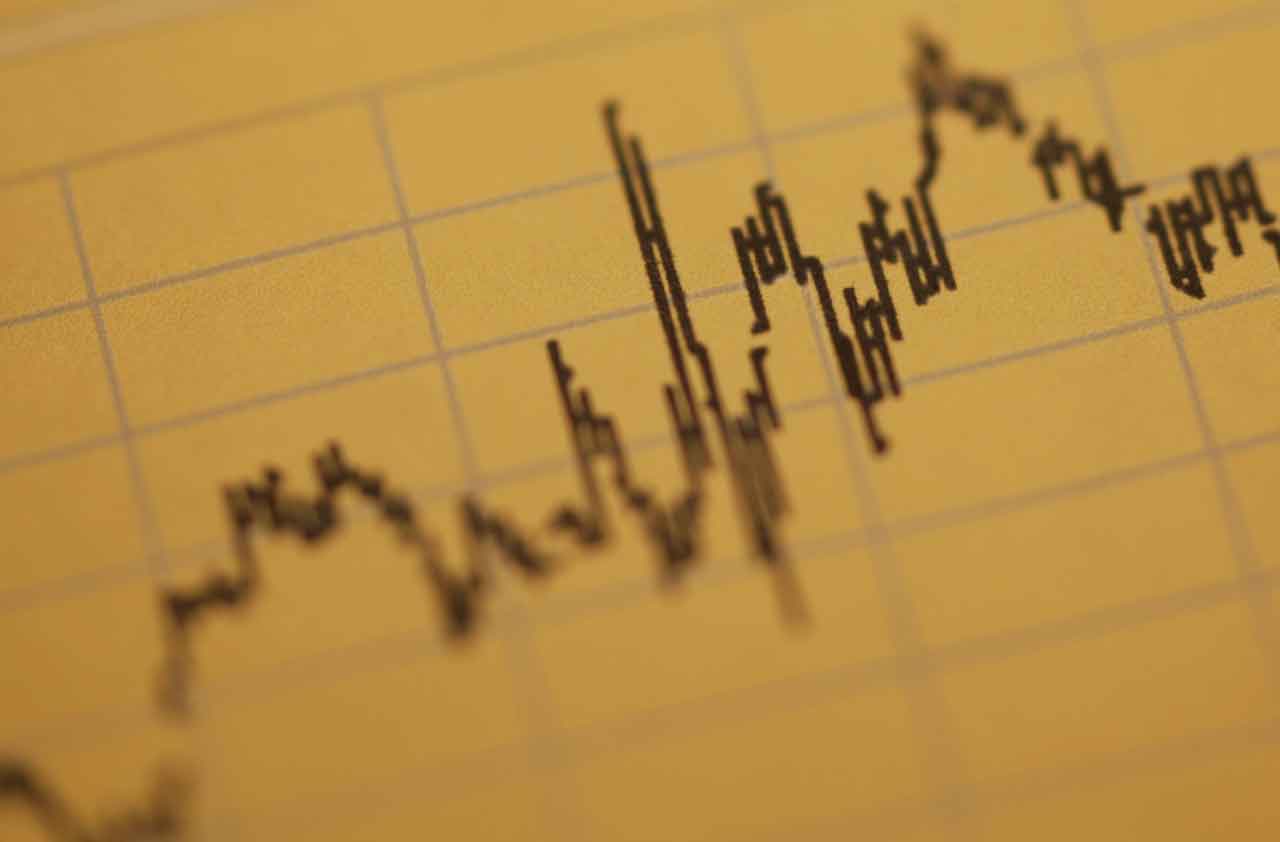
Fidelity Mid Cap Value
- Expense Ratio: 0.83%1-Year Return: -2.3%3-Year Return: 17.9%5-Year Return: 13.5%
- SEE ALSO: 7 Promising Dividend Stocks Yielding 5% or More
Fidelity is better known for its growth-style funds—Growth Company and Contrafund, to name a couple—but MidCap Value (FSMVX) is worth a look. The fund focuses on companies with market values of between $2 billion and $20 billion. And manager Court Dignan, who came on board in 2013, uses a blend of quantitative screens and fundamental analysis to find stocks with higher earnings growth and return on capital than that of his benchmark, the Russell Midcap Value index.
But the process—how much is fundamental and how much is quantitative, as well as which measures are used—varies depending on the sector. When researching financial-services firms, for instance, quantitative measures take a back seat to a more-fundamental approach, which requires digging into balance sheets and income statements. With energy companies, on the other hand, the reverse is true, especially recently.
As energy stocks were falling in mid 2015, Dignan, who tries to keep the fund aligned with the sector exposure of the Russell Midcap Value Index, knew he’d have to add more energy names to the portfolio. (When the index underwent its annual rebalancing, says Dignan, energy stocks jumped from 3% of the index to 11%.) But Dignan says he “didn’t have the toolkit to dig up that many ideas” through fundamental analysis. So he worked with the firm’s quantitative team to build a model for energy stocks, then combined that with a fundamental evaluation.
The unusual process seems to work well for Dignan. Since he took over Mid Cap Value in April 2013, the fund has returned 11.4% annualized. That beats the Russell Midcap Value Index—a bogey that Dignan says, “to my chagrin is the hardest index to beat”—by an average of 1.6 percentage points per year.
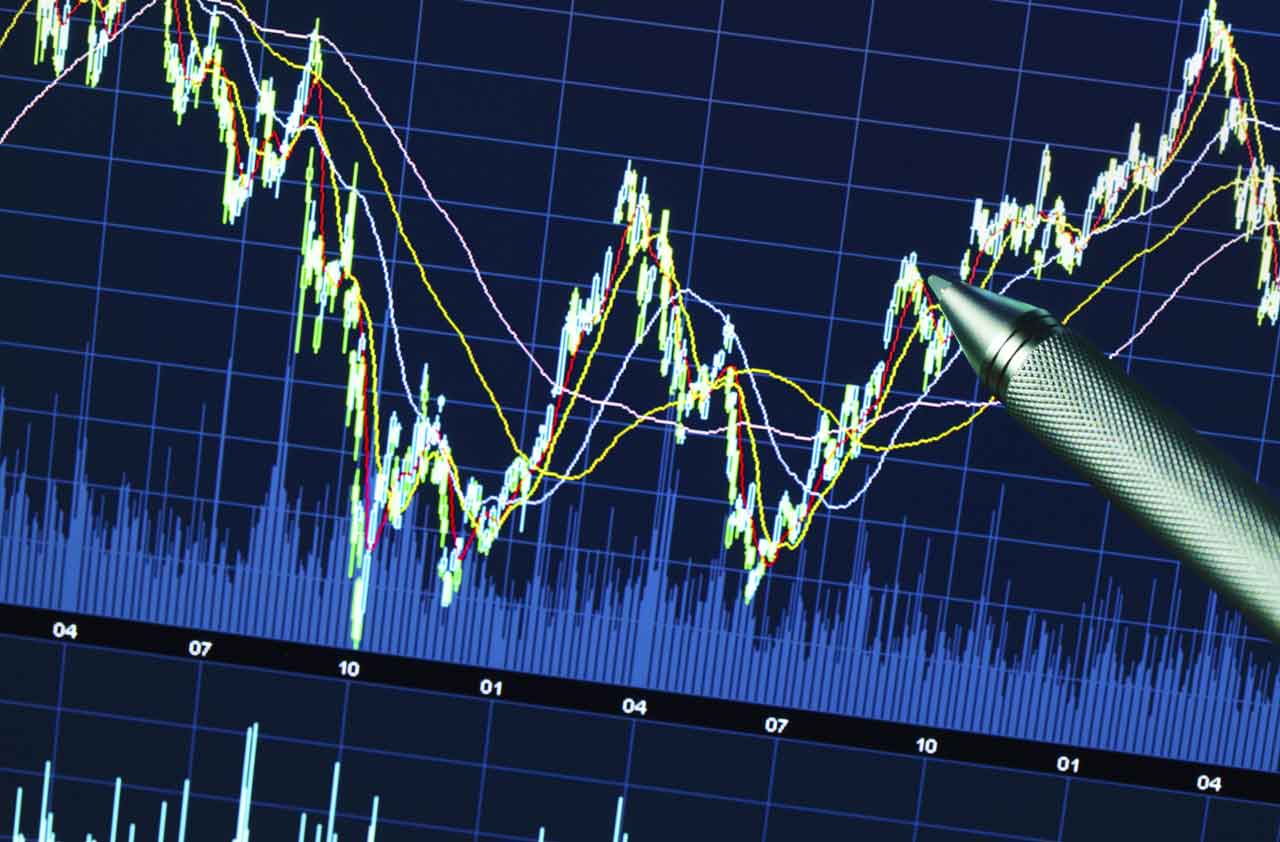
Northern Small Cap Value
- Expense Ratio: 1.00%1-Year Return: -1.0%3-Year Return: 15.1%5-Year Return: 11.6%
The world of small-company value stocks has been “a little rocky lately,” especially when compared with small growth stocks, says Northern Small Cap Value manager Robert Bergson. Over the past 12 months, the Russell 2000 Value Index lost 4.6%, while its growth counterpart, the Russell 2000 Growth Index, gained 2.3%. Northern Small Cap Value (NOSGX) held up better, losing 1.0% over the past year.
Bergson’s secret is a couple of quantitative models that weed out firms in “financial distress,” he says, and home in on reasonably priced, profitable small companies. He starts with the 1,341 stocks in the Russell 2000 Value Index and, using computer screens, ranks the firms on valuation measures, including price-earnings ratio and the ratio of price to book value (assets minus liabilities). Those at the top and the bottom of the valuation ladder get the boot. “If something is priced too good to be true or too bad to be true, it probably is,” Bergson says. He also avoids the smallest firms by market value.
The second model focuses on quality—or low quality, rather. Bergson looks for characteristics in earnings quality and cash flow, and the change in debt levels and profit margins over time, among other things, that are unattractive. “We identify the firms with the lowest-quality stocks, rather than try to find the highest-quality stocks,” says Bergson. “We do better by avoiding the junk.”
The result is a portfolio of a few more than 500 stocks. That’s more than double the number of holdings in the typical actively managed small-company fund. But Bergson likes it big. “It gives us, first, a natural way to manage risk and, second, the ability to reduce transaction costs.” Bergson can hold small pieces of a large number of stocks rather than huge chunks of larger companies. The fund has a turnover of 16%, which implies a typical holding period of more than six years. The typical small-company value fund has a 71% turnover ratio, or an average holding period of a bit less than 1.5 years.
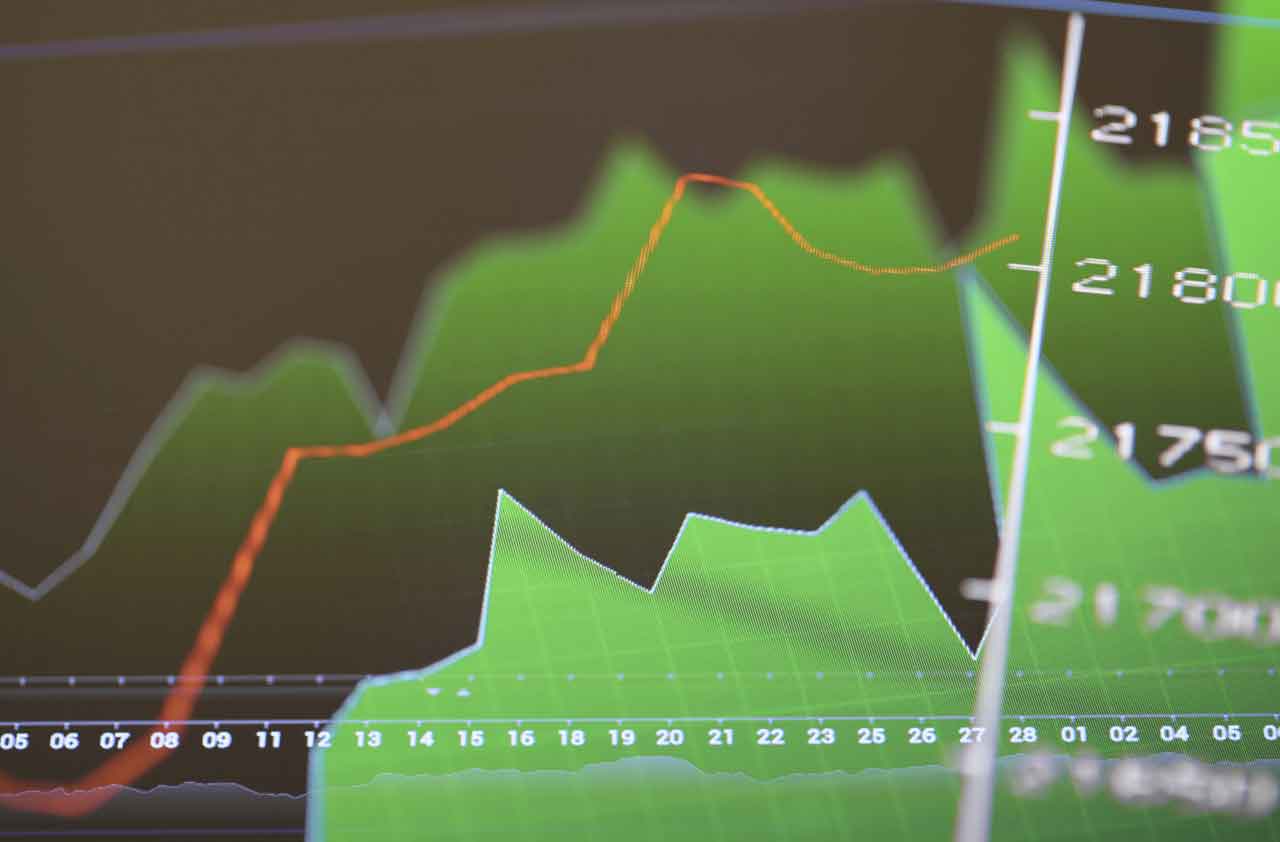
T. Rowe Price Value
- Expense Ratio: 0.82%1-Year Return: -1.2%3-Year Return: 16.7%5-Year Return: 13.4%
- SEE ALSO: Great Tech Stocks Paying Big Dividends
Over the past three years, the typical large-company value fund has lagged the S&P 500 by an average of 2.9 percentage points per year. Kip 25 member T. Rowe Price Value (TRVLX) has defied the odds. With a 16.7% annualized return, it outpaced the index over the past three years by a smidge (an average of 0.5 percentage point per year).
Manager Mark Finn is drawn to large companies with beaten down prices that are poised to turn around. He analyzes the company’s business, using several value measures—P/E ratio and price-to-book-value ratio, among others—to determine the worth of each part of a firm, then adds those numbers together to arrive at a company’s total value. If the firm’s shares sell at a discount to what Finn thinks the company is worth, he buys.
Sometimes, these turnaround stories take time. Finn first bought shares of Genworth Financial (GNW), an insurance company, in late 2014. So far this year, Genworth, Value’s 74th-largest holding (out of 102 stocks in the portfolio), has sunk 45%. No matter. Other holdings have buoyed the fund. Insurer Cigna (CI), which has been in the fund since the second half of 2012, has climbed 30% so far this year. Shares of cell-phone provider T-Mobile (TMUS), which Finn first acquired in late 2014, have climbed 41%.

Vanguard Equity-Income
- Expense Ratio: 0.29%1-Year Return: 0.0%3-Year Return: 14.1%5-Year Return: 13.7%This fund is designed for investors who want to earn income on their stock holdings. Its objective: to invest in stocks that pay a yield above that of the broad market—and have the ability to continue to pay that dividend. This invariably leads the fund’s managers to established firms with reasonably priced stocks, which is why Vanguard Equity-Income (VEIPX) falls into the value category.
Two advisers with different approaches run this $19.2 billion fund. Michael Reckmeyer leads a team of stock pickers at Wellington Management, which is responsible for 65% of the assets. The managers use a kick-the-tires approach to researching stocks. “They go out and meet companies, and come up with their own earnings forecast, their own valuation of the company,” says Dan Newhall, who heads the fund oversight division at Vanguard. Wellington holds 70 stocks in its part of the portfolio. Vanguard’s quantitative group manages the remaining 35% of the assets. It picks stocks based on screens that examine valuation, momentum (the move up, or down, of the stock price) and a company’s growth prospects, among other factors. Its portion of the portfolio recently held 145 stocks. (All told, the fund owned 174 stocks, so there is some overlap in holdings between the two advisers.)
This fund may not knock the ball out of the park in any given year, but over time, it’s steady. Helped by its low annual fee, Equity-Income’s long-term record stands out. Over the past 10 years, its 7.9% annualized return outpaces the S&P 500 and the typical large-company value fund.

Vanguard Selected Value
- Expense Ratio: 0.41%1-Year Return: -1.8%3-Year Return: 15.0%5-Year Return: 12.4%
A trio of advisers run this $10 billion fund, which is a member of the Kiplinger 25. Each one has a different approach to finding midsize-company value stocks.
At Barrow, Hanley, Mewhinney & Strauss, James Barrow—the longest-tenured manager on Selected Value (VASVX), with 16 years on the fund—and Mark Giambrone like good companies with stocks that are down temporarily and that have a catalyst that could cause the stock to rebound. Their definition of value hinges on three measures: price to earnings, price to book value and dividend yield.
Donald Smith and Richard Greenberg, of Donald Smith & Co, signed on as managers in 2005. They define value by a single figure: a low price to tangible book value. (Tangible book value subtracts certain hard-to-value assets, such as goodwill, leases, franchises, and export and import permits.) How low? The managers focus on midsize stocks that fall in the bottom 10% of that measure.
Finally, Richard Pzena, Eli Rabinowich and Manoj Tandon, of Pzena Investment Management, joined the fund in 2014. They hunt down undervalued stocks that trade at P/E ratios that fall below the stock’s historical trading ranges.
The three advisers, working independently, have built a portfolio of 123 stocks. Though recent performance has been middling—Selected Value’s one-year return is about average for its category—the fund has a dazzling long-term record. Over the past 10 years, Selected Value’s 8.2% annualized return beats 82% of its rivals. The fund’s top holdings: Royal Caribbean Cruises (RCL), Reynolds American (RAI) and Hanesbrands (HBI).

Vanguard Value Index
- Expense Ratio: 0.23%1-Year Return: -1.2%3-Year Return: 15.2%5-Year Return: 12.4%Pickings are slim for index funds that focus on value stocks. But Vanguard offers a suite of low-cost funds, including this one, which mostly invests in undervalued large-company stocks but also includes a smattering of shares of midsize firms.
- SEE ALSO: 7 Great Stocks That Keep Raising Dividends
The fund’s approach is simple: It tracks a broad market index called the CRSP U.S. Large Cap Value index. (CRSP stands for the Center for Research in Security Prices.) It includes stocks of more than 300 large companies that CRSP says meet certain value measures, including below-average P/E, price-to-book value and price-to-sales ratios and above-average dividend yields. The fund holds all of the companies in the index and weights them by market value. Vanguard Value Index's (VIVAX) top three holdings: Microsoft (MSFT), Exxon Mobil (XOM) and General Electric (GE).
Performance has been impressive. Although we don’t expect this fund to lead the pack, it has never brought up the rear, either. In all but two of the past 11 calendar years (including so far in 2015), the fund outpaced the average large-company value fund. And over the past five years, its 12.4% annualized return outpaced 81% of its rivals.
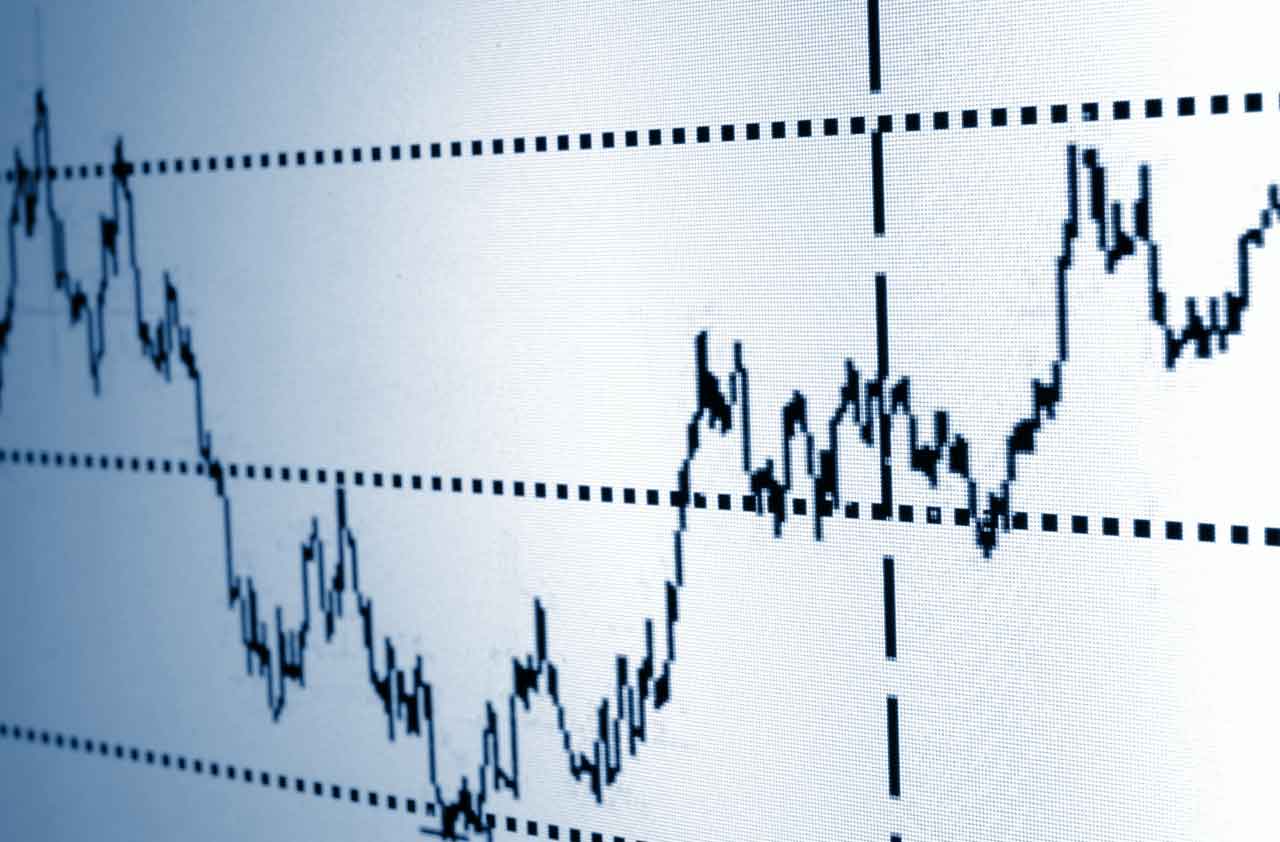
Vanguard Mid-Cap Value Index
- Expense Ratio: 0.23%1-Year Return: -0.1%3-Year Return: 17.1%5-Year Return: 13.4%
As you can probably guess from the name, this fund invests in undervalued midsize-company stocks. Its 209 holdings are constituents of the CRSP U.S. Mid Cap Value index, which uses the same value criteria as the CRSP Large Cap Value index. The top three holdings at last report: Fidelity National Information Services (FIS), which provides software and services to financial companies, Hartford Financial Services Group (HIG); and ConAgra Foods (CAG). Over the past five years, the fund Vanguard Mid-Cap Value Index (VMVIX) beat 92% of its rivals.
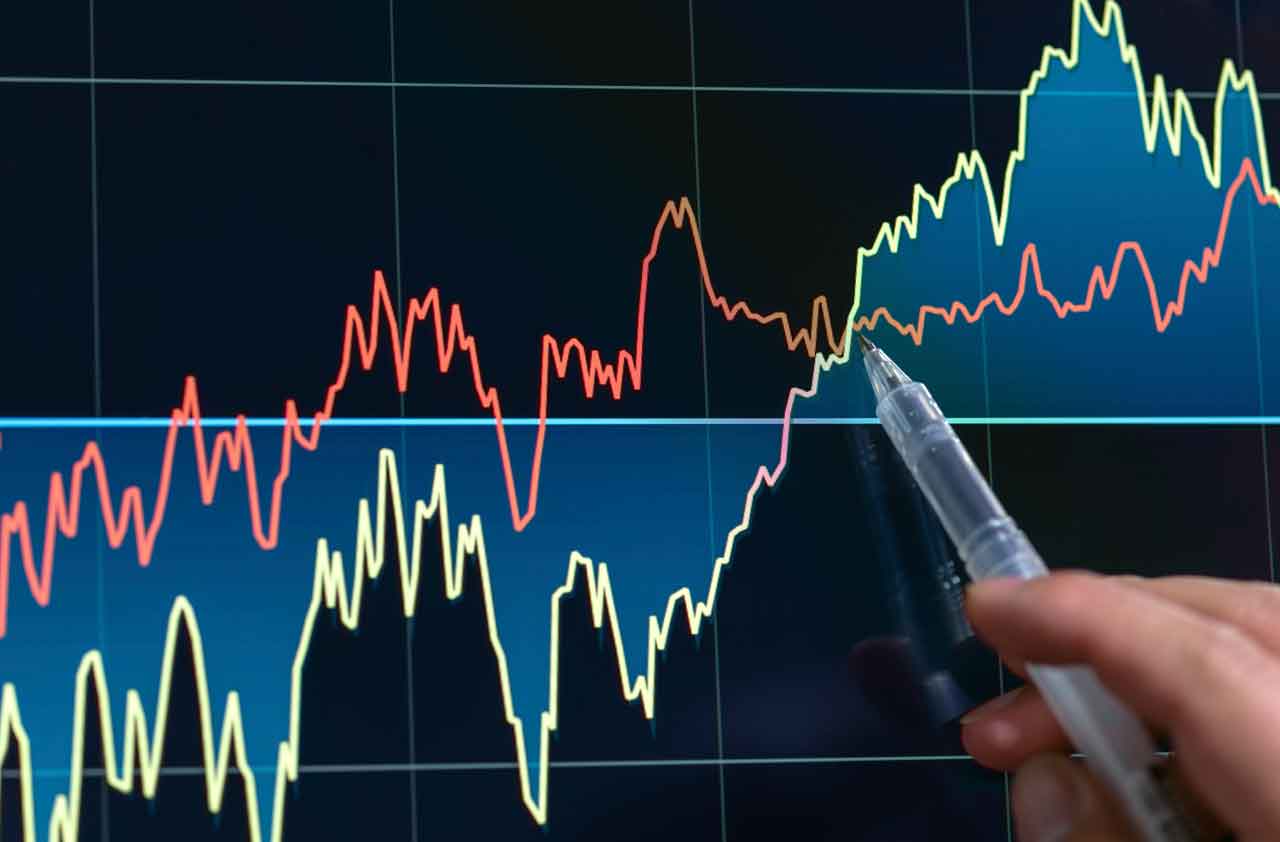
Vanguard Small Cap Value Index
- Expense Ratio: 0.23%1-Year Return: -1.6%3-Year Return: 16.0%5-Year Return: 12.2%
Here’s what you get with this fund: exposure to 848 small companies, with an average market value of $2.7 billion, and performance that over the past five years outpaced 91% of its small-cap-value peers. Plus, the fund was less volatile than its peers over that period.
Not surprisingly, Vanguard Small Cap Value Index (VISVX) aims to track the CRSP U.S. Small Cap Value index, which uses the same criteria as its mid-cap and large-cap cousins in determining what qualifies as a value stock. Its top three holdings: Global Payments (GPN), which processes transactions (such purchases with credit cards and gift cards) for retailers, Goodyear Tire & Rubber (GT) and JetBlue Airways (JBLU).
Profit and prosper with the best of Kiplinger's advice on investing, taxes, retirement, personal finance and much more. Delivered daily. Enter your email in the box and click Sign Me Up.

Nellie joined Kiplinger in August 2011 after a seven-year stint in Hong Kong. There, she worked for the Wall Street Journal Asia, where as lifestyle editor, she launched and edited Scene Asia, an online guide to food, wine, entertainment and the arts in Asia. Prior to that, she was an editor at Weekend Journal, the Friday lifestyle section of the Wall Street Journal Asia. Kiplinger isn't Nellie's first foray into personal finance: She has also worked at SmartMoney (rising from fact-checker to senior writer), and she was a senior editor at Money.
-
 Vesting, Catch-Ups and Roths: The 401(k) Knowledge Quiz
Vesting, Catch-Ups and Roths: The 401(k) Knowledge QuizQuiz Test your understanding of key 401(k) concepts with our quick quiz.
-
 Why You Should Pay Attention to Company Guidance
Why You Should Pay Attention to Company GuidanceUnderstanding how corporate profit forecasts affect analysts’ estimates and stock ratings can help you make investment decisions.
-
 How to Protect Yourself and Others From a Troubled Adult Child
How to Protect Yourself and Others From a Troubled Adult ChildThis case of a violent adult son whose parents are in denial is an example of the extreme risks some parents face if they neglect essential safety precautions.
-
 The 24 Cheapest Places To Retire in the US
The 24 Cheapest Places To Retire in the USWhen you're trying to balance a fixed income with an enjoyable retirement, the cost of living is a crucial factor to consider. Is your city the best?
-
 How Inflation, Deflation and Other 'Flations' Impact Your Stock Portfolio
How Inflation, Deflation and Other 'Flations' Impact Your Stock PortfolioThere are five different types of "flations" that not only impact the economy, but also your investment returns. Here's how to adjust your portfolio for each one.
-
 Why I Still Won't Buy Gold: Glassman
Why I Still Won't Buy Gold: GlassmanOne reason I won't buy gold is because while stocks rise briskly over time – not every month or year, but certainly every decade – gold does not.
-
 Should You Use a 25x4 Portfolio Allocation?
Should You Use a 25x4 Portfolio Allocation?The 25x4 portfolio is supposed to be the new 60/40. Should you bite?
-
 Retirement Income Funds to Keep Cash Flowing In Your Golden Years
Retirement Income Funds to Keep Cash Flowing In Your Golden YearsRetirement income funds are designed to generate a reliable cash payout for retirees. Here are a few we like.
-
 10 2024 Stock Picks From An Investing Expert
10 2024 Stock Picks From An Investing ExpertThese 2024 stock picks have the potential to beat the market over the next 12 months.
-
 Special Dividends Are On The Rise — Here's What to Know About Them
Special Dividends Are On The Rise — Here's What to Know About ThemMore companies are paying out special dividends this year. Here's what that means.
-
 How to Invest in AI
How to Invest in AIInvestors wanting to know how to invest in AI should consider these companies that stand to benefit from the boom.
